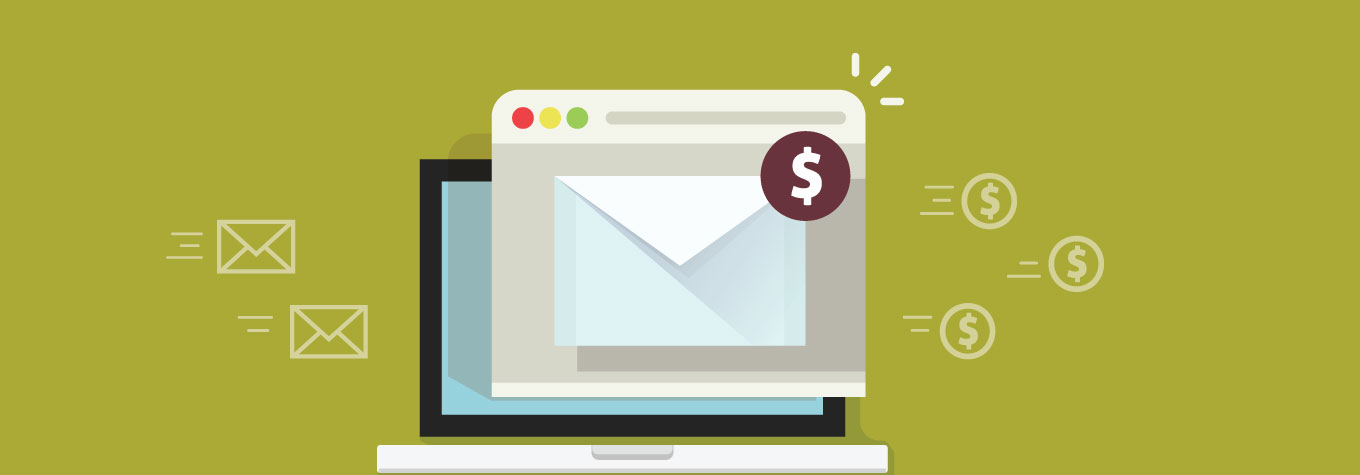Some might think email is dead, or consider it a dated method of communication that companies and marketing teams should shove to the back of the metaphorical junk drawer. This assumption can probably be attributed to its long history. After all, email has existed since the mid-'70s—but just because it was invented four decades ago doesn't mean it's irrelevant today.
In fact, according to WordStream, 80 percent of retail professionals indicate that email marketing is their greatest driver of customer retention, and 77 percent of people prefer to get permission-based promotional messages via email (versus direct mail, text, phone, or social media). Email looks different than it did a few decades ago, but it's still very much a part of our lives.
So you're probably thinking, "This is all great. But what are the current email trends and how can I adjust my marketing plan and planning spreadsheet to accommodate them?"
Inbound 2017 presented the following top four email trends:
1. Responsive Design
Responsive design is the approach to design and development that responds to the user's behavior based on the screen size and platform on which they're viewing the email. HubSpot's Marwa Greaves says responsive design isn't simply just a mobile version of the email. Fifty-four percent of emails are opened on mobile, so always design with mobile in mind.
2. Segmentation
Targeting your emails to specific audiences is huge. The same, singular email doesn't belong in the inbox of your entire email list. So, it's important to create different lists based on any number of conditions, such as geographic location, demographics, psychographics, or behaviors.
While segmentation can be easy to get right, it is also fragile. For example, a major company once sent the wrong email to a majority of their database when it was only intended for a segmented group of users. Congratulating mothers on their newborn baby, the email was sent to several women who in fact did not recently give birth. Some found it humorous and made light of the situation. Others were very sensitive to the message due to a history of infertility or miscarriages. Proceed with caution!
3. Personalization
Much like segmentation, personalization is dynamically tailoring your email to the wants and needs of each user. But personalized emails aren't one-size-fits-all. They aren't duplicated for different users. Did your customer recently make a specific purchase? Maybe they downloaded e-books from your website. Or they've watched a few webinars you've promoted. All of these situations can be answered with a personalized email of recommendations specific to each person based on their interests.
Regardless of age, gender, or another identifying factor, the most common frustration for users when it comes to personalization is receiving an email with recommendations that don't align with their interests, according to a 2017 Adobe Consumer Email Survey Report. So, if you can't do personalization well, it's better to avoid it altogether.
4. Automation
Have you ever ordered something online or had some type of repair done at your home and within days received an email with a link to a survey asking how you enjoyed your recent purchase or if you had a pleasant experience? You have been exposed to automation. Automation is a response to a "trigger" or action taken by the user.
Automation should be timely and unique to the user's behavior, or lack thereof. That's really the only way it'll work well. For instance, you're shopping online. A few things catch your eye so you add them to your cart. You walk away from the computer before the purchase is complete for one reason or another. It won't do you much good to get an email reminding you of your abandoned cart 24 hours later. If you haven't revisited the site by then, chances are you're not going to. But if the email were to appear in your inbox two to three hours after leaving the site, you just might return and make that purchase.
Be sure to keep all four of these trends in mind when mapping out your marketing strategy.




